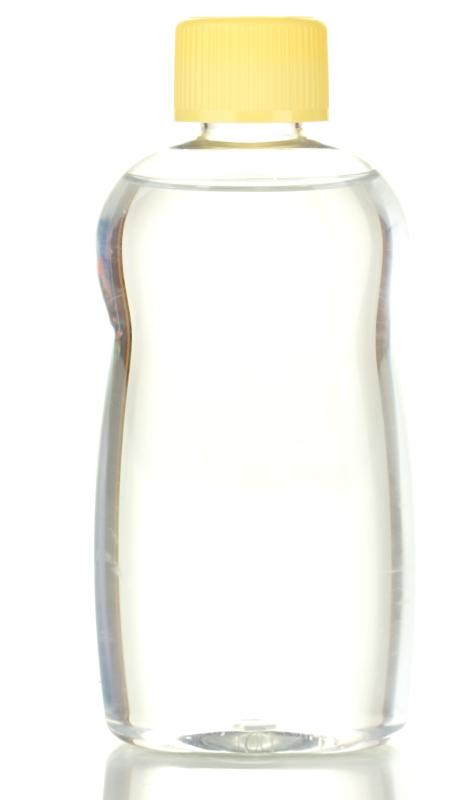At HomeQuestionsAnswered, we're committed to delivering accurate, trustworthy information. Our expert-authored content is rigorously fact-checked and sourced from credible authorities. Discover how we uphold the highest standards in providing you with reliable knowledge.
What is a Lava Lamp?
A traditional lava lamp consists of a conical metal base housing a 40 watt lightbulb, and a teardrop-shaped glass container which fits snugly over the base and bulb. Inside this glass container is a combination of colored water or alcohol and a gooey substance consisting mostly of paraffin wax, carbon tetrachloride and mineral oil. As the lightbulb warms the bottom of the glass container, the dyed goo slowly rises through the liquid in a manner which suggests a lava flow.
A lava lamp is much more decorative than functional. The 40 watt lightbulb illuminates the lava goo and the liquid, but not much else. One might consider a lava lamp to be a stylish nightlight, but long-term use is not recommended. As the lava lamp grows warmer, the individual bits of lava goo tend to become frenetic droplets instead of a pleasing slow-motion display.

Some sources claim that the first commercial lava lamp was patented in England in 1963, although the chemical goo formula was noticeably 'wetter,' as it did not include the paraffin wax which gives the lava its languid flow. An American patent in 1971 describes the formula still used today. A lava lamp works on the principal that oil and water do not mix. As the oily and waxy lava base begins to melt from the heat of the lightbulb, the resulting convective currents drive the goo upwards. Because the wax and oil cannot mix with the surrounding water or alcohol, the goo adheres to itself in large droplets.
As the 'lava' in the lava lamp cools, it returns to the bottom. Once the lava lamp is switched off entirely, the wax hardens and traps the mineral oil. The water or alcohol remains clear because none of the ooze ingredients ever mixed with it. There are recipes available in science experiment books and on the Internet for a homemade lava lamp. Most involve combining candle wax and mineral oil with a form of carbon tetrachloride available at a local dry cleaner's shop. The glass base is filled with either colored water or a mixture of alcohols.
Home decorators in the early 1970s considered the lava lamp to be an appropriate accent in a modern den or living room, along with other 'mod' devices such as sound organs and day-glo posters with black lighting. Modern lava lamp enthusiasts tend to purchase them for their kitschy or retro feel. Watching a lava lamp in slow-motion action can be very relaxing. There is also a little science lesson about emulsions and specific gravities in each lava lamp, but above all they offer a sense of whimsy not generally found in other lighting accessories.
AS FEATURED ON:
AS FEATURED ON:











Discussion Comments
I think when lava lamps were at the height of their popularity with consumers, it would have been easier to obtain specific replacement parts, like the base or the globe. It would have made good financial sense for manufacturers to keep those spare parts on hand in case of accidents. But since modern lava lamps are often marketed as nostalgic or retro items, there's no substantial demand for replacement parts. Like some other products, it's about as cheap to buy a new one as it would be to ship the old one back to the manufacturer for repair or to track down replacement parts.
The only alternative I could think of would be to visit several local garage and yard sales in search of a similar lava lamp you could cannibalize for parts, or consult an electrician or small appliance repairman for ideas on how to restore the existing base to working order.
Why is it that when you search for the base for a lava lamp you get nothing but hundreds of complete lava lamps? If you already have the bottle, where can you get a replacement base? Apparently the word base means a whole lamp?
Post your comments